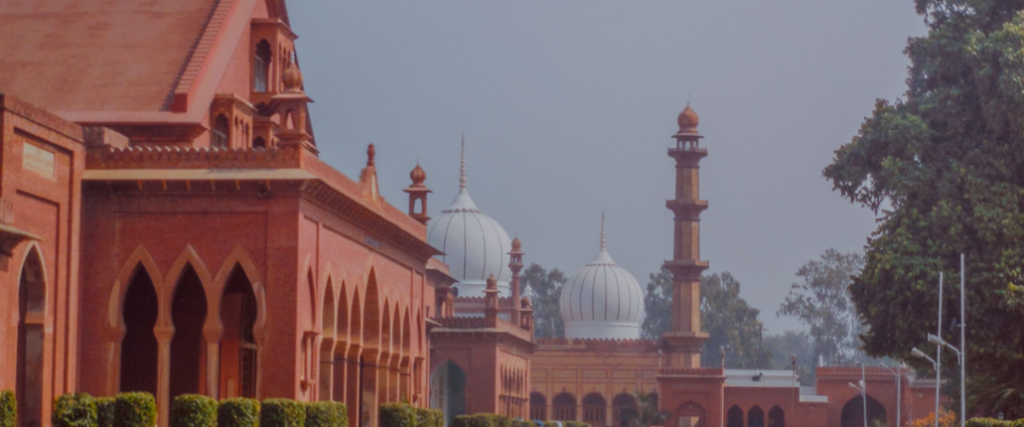Supreme Court, by a 4:3 majority, overruled its 1967 decision that held that the Aligarh Muslim University (AMU) couldn’t claim minority status. However, the top court said the issue of whether Aligarh Muslim University is a minority institution would be decided by a separate three-judge bench.
Supreme Court Overturns Verdict Restores AMU’s Minority Status
Why In News
- Supreme Court, by a 4:3 majority, overruled its 1967 decision that held that the Aligarh Muslim University (AMU) couldn’t claim minority status. However, the top court said the issue of whether Aligarh Muslim University is a minority institution would be decided by a separate three-judge bench.
About Case
- The 1967 Supreme Court judgment in Azeez Basha vs Union Of India held that AMU cannot claim minority status as it was established by a statute. On Friday, the top court held that an institution would not lose its minority status merely because the government brought a law to regulate or govern it.
- “Merely because the AMU was incorporated by imperial legislation would not mean that it was not established by a minority. It cannot be argued that the university was established by Parliament merely because the statute says it was passed to establish the university,” the majority judgment said.
- The majority judgment was pronounced by Chief Justice of India DY Chandrachud, with Friday being his last working day. Justices Sanjiv Khanna, JB Pardiwala and Manoj Misra concurred with him. Justices Surya Kant, Dipankar Datta and SC Sharma dissented.
- The top court order came in a plea following the 2006 verdict of the Allahabad High Court that held that AMU was not a minority institution.
Supreme Court On AMU’s Minority Status
- In order to determine whether an institution is a minority institution, the court said it needs to be looked at who established the institution.
- “The court has to consider the genesis of the institute and the court must see who was the brain behind the establishment of the institution. It has to be seen who got funds for the land and if the minority community helped,” the court said.
- However, the majority verdict underscored that administration of the institution by non-minority members would not take away its minority character.
- “To be a minority institution, it only had to be established by the minority and not necessarily be administered by the minority members. Minority institutions may wish to emphasise secular education and for that, minority members are not needed in administration,” the court ruled.
- In 1967, the Supreme Court held that AMU was not established or administered by the minority, even though it was founded due to the efforts of Muslims. The court had held that the law governing the university made it a non-minority institution.
What Judges Said In Dissenting Verdict
- Now, all eyes will be on the three-judge bench that will rule if AMU can be considered a minority institution. A favourable verdict will allow the university to provide up to 50% reservation for Muslim students.
- In his dissenting verdict, Justice Surya Kant said a minority can establish an institute under Article 30, but it needed to be recognised by a statute and also recognised by the University Grants Commission, a statutory body under the Education Ministry.
- “The legislative intent behind a statute incorporating a university or institution would be necessary to decide its minority status,” Justice Kant said. Justice Dipankar Datta, in his verdict, held that AMU was not a minority institution


























